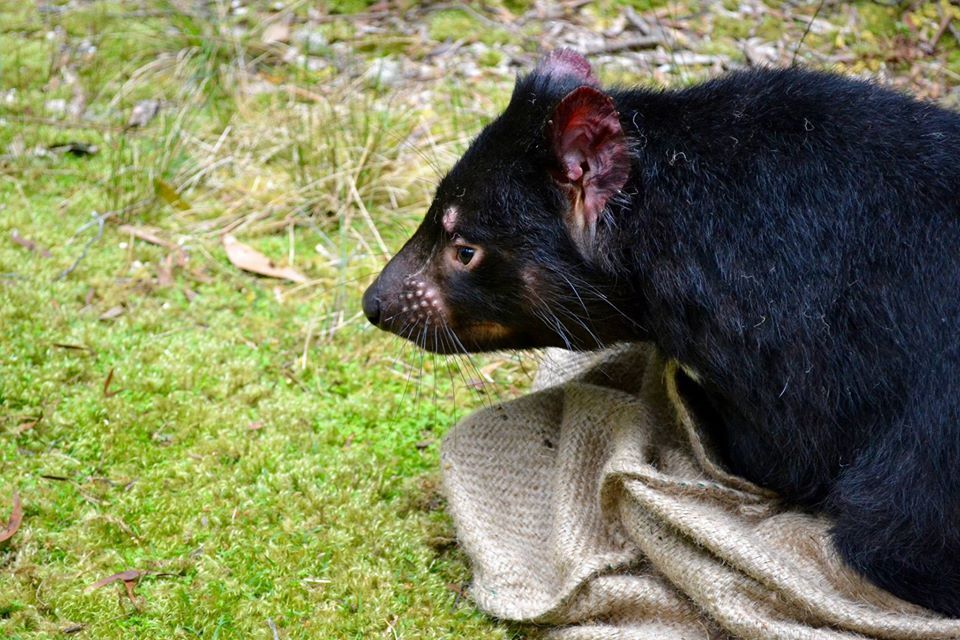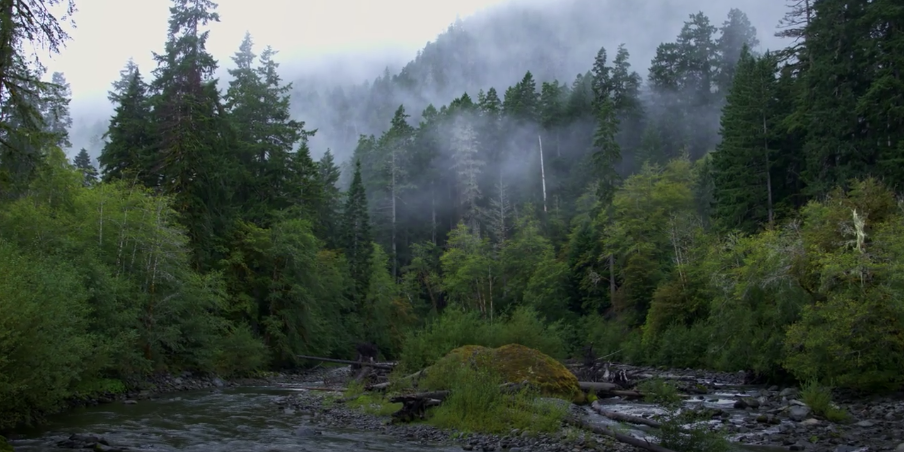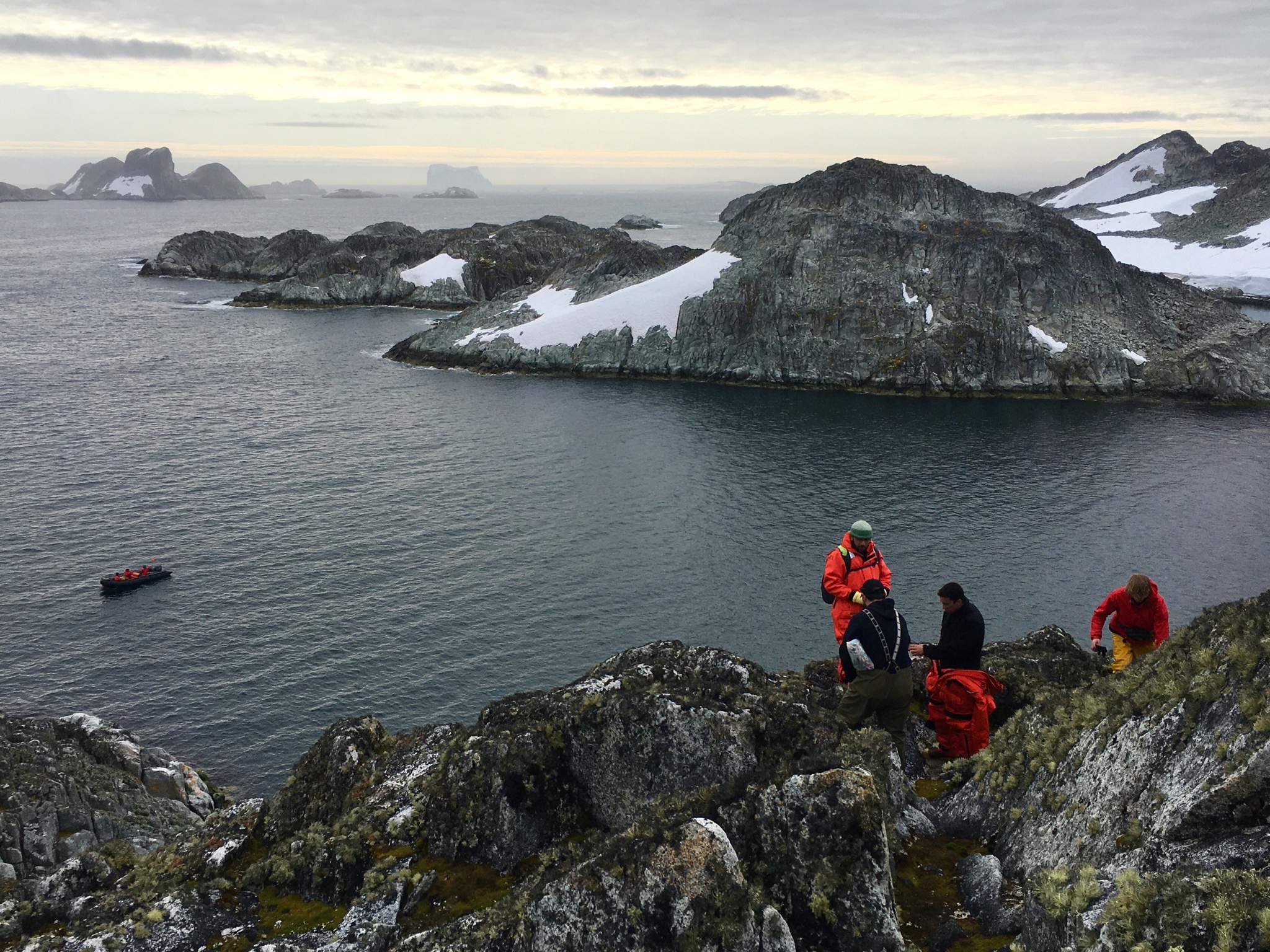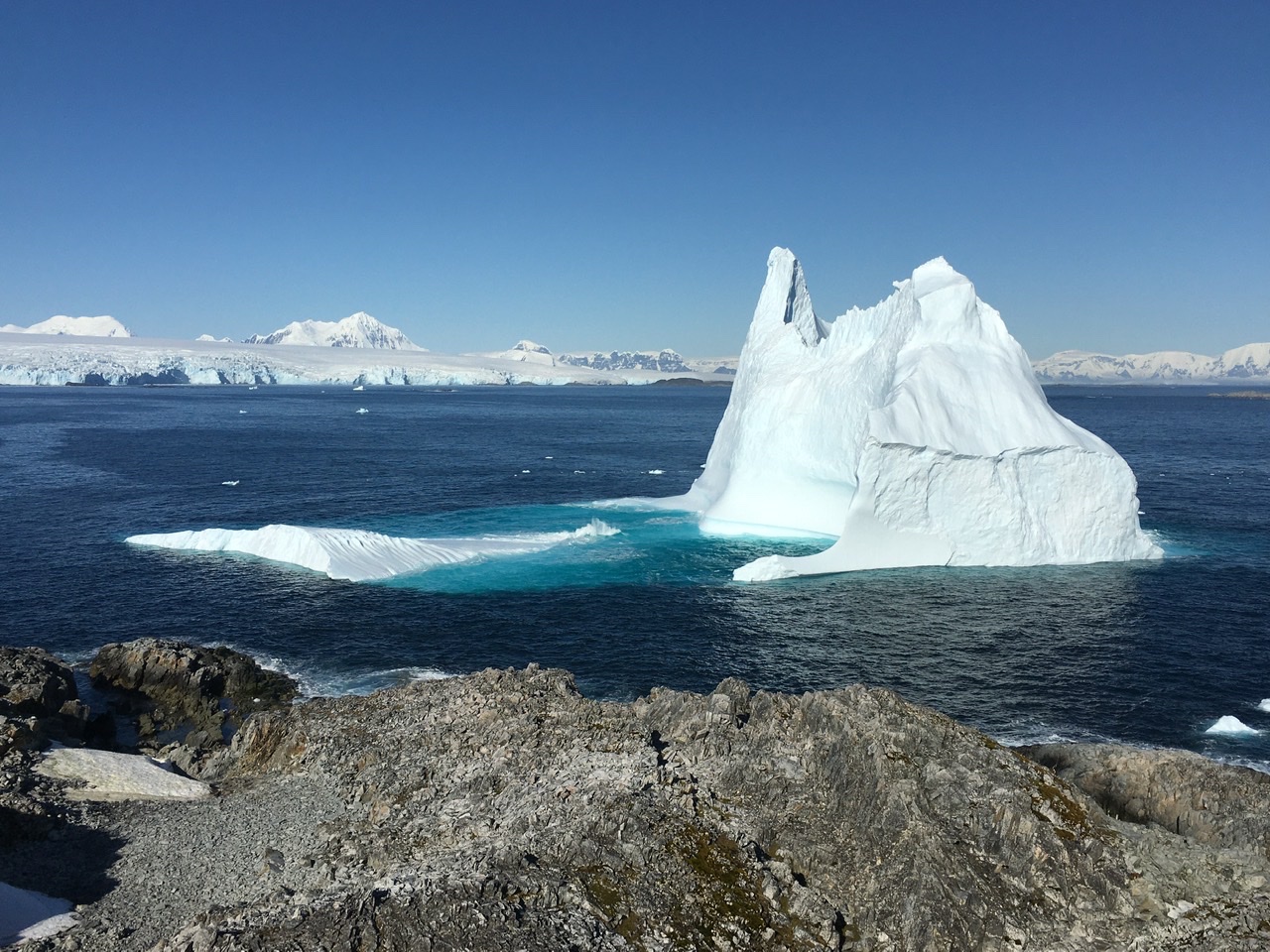Alex Fraik and Kerry McGowan receive Exceptional Research Awards
kerry.mcgowanPNAS paper on hydrogen sulfide fishes out!
joanna.l.kelleySeveral species of fish have adapted to harsh environments using the same mechanism, which brings to question evolutionary chance, according to a study by Michi Tobler, Joanna Kelley, and many additional collaborators. We recently published the article about repeated adaptations to extreme environments in Proceedings of the National Academy of Sciences.
Scott Hotaling publishes guidelines for concise scientific writing
kerry.mcgowanWriting is hard. It’s something that every scientist struggles with. Writing concisely — saying what you mean in as few words as possible — is especially hard yet it’s a crucial skill for scientists to develop. Postdoc Scott Hotaling published an open access essay in Limnology & Oceanography Letters to help. Titled “Simple rules for concise scientific writing” (see a summary of his rules below), Scott provides practical advice to improve your scientific writing.
Alex Fraik publishes new paper on Tasmanian devil DFTD and environment
kerry.mcgowanAlex Fraik is featured in an Outside magazine video!
kerry.mcgowanPh.D. Candidate Alex Fraik is featured in Outside magazine’s video What Dam Removals Can Do for a River. Alex was part of a team that sampled steelhead in Washington’s Elwah River to monitor their return after the removal of the Elwah and Glines Canyon Dams.
Scott Hotaling publishes findings on meltwater biodiversity
kerry.mcgowanMountain glaciers are disappearing around the world, including in iconic locations like Glacier National Park in northwestern Montana. With the recession of glaciers come dramatic changes in downstream habitats. As habitats are altered and meltwater sources dwindle, organisms adapted to the cold conditions of glacier-fed stream face increasingly uncertain futures. By linking high-resolution invertebrate data for 129 sites across the Glacier National Park alpine to fine-scale glacial records dating to Little Ice Age (~170 years ago), Scott et al. were able to ask a key question: what happens to mountain stream biodiversity as glaciers recede? They found that a distinct “cold-water” community lives in headwater streams and this cold-water community is persisting in places that have not been glaciated in 170 years! These findings challenge the notion that headwater stream invertebrates are cold stenotherms that are acutely sensitive to stream warming and opens the door to new questions about their physiological limits and how biotic drivers (e.g., competition) may shape their distributions.
Link to study: https://www.pnas.org/content/early/2020/05/12/2001697117
Scott Hotaling reflects on his research experiences in Antarctica
kerry.mcgowanDr. Scott Hotaling, a postdoc in the Kelley lab, conducted research for several weeks in Antarctica while aboard NSF’s Laurence M. Gould research vessel. Read more about his experiences in the field, sampling Antarctic midges, crossing ‘the Drake’, and a difficult return to the United States during the COVID-19 pandemic.

PC: Scott Hotaling
There’s also a great article in the Antarctic Sun!
Follow Scott Hotaling’s Antarctic adventures onboard the RV Laurence M Gould!
kerry.mcgowanScott Hotaling is currently conducting research on the Antarctic midge (Belgica antarctica) for several weeks while onboard the NSF icebreaker, the RV Laurence M Gould. Follow Scott’s Twitter (@MtnScience) for amazing Antarctica photos (see examples below) and field work updates!











